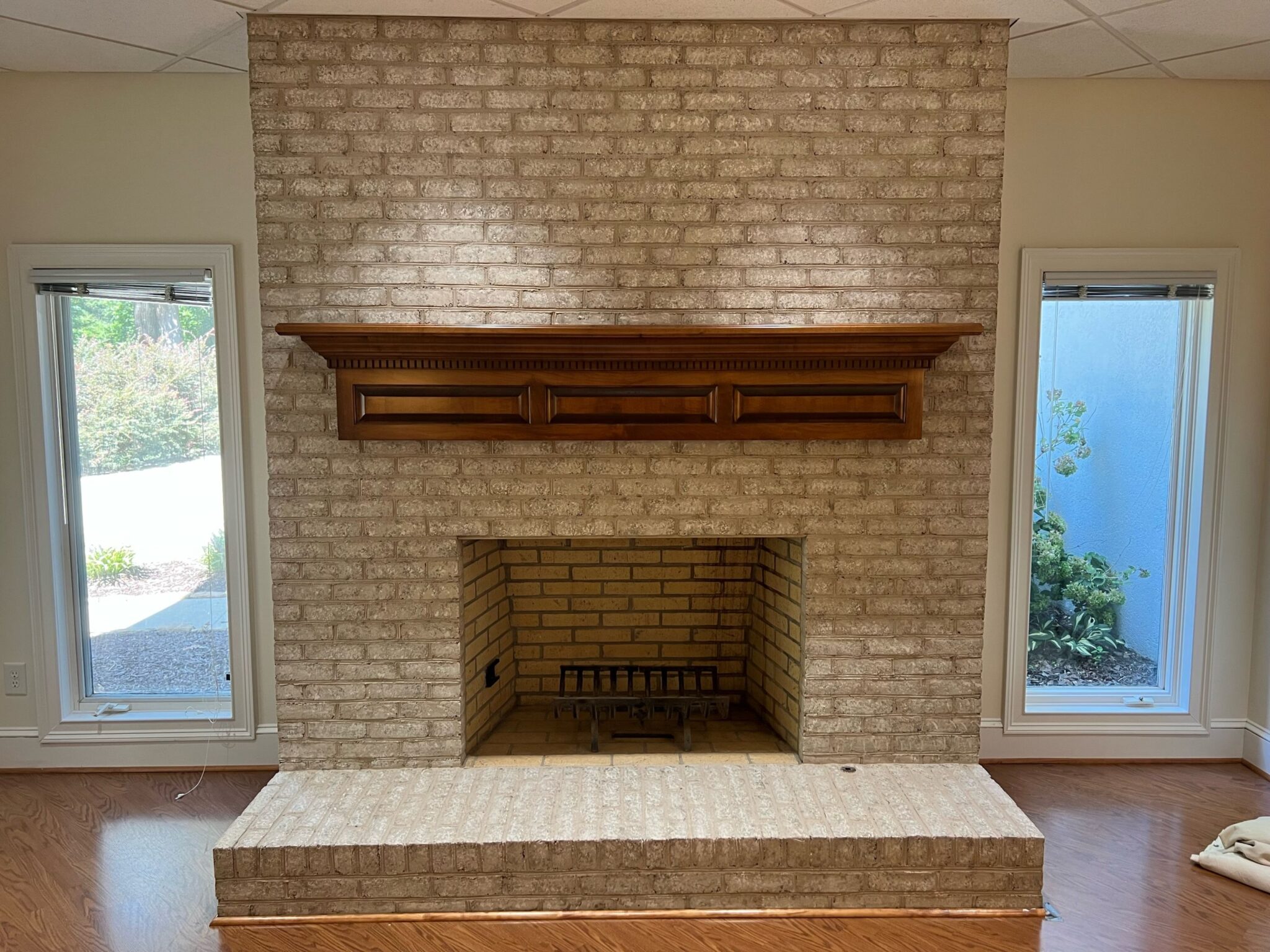The basic method for painting glass is simple and consistent. Whether you’re wondering how to paint glass jars, glass bottles, or even lightbulbs, the same technique applies.
This article walks you through how to paint glass vases, dishes, panes or any other glass you may want to work with. You’ll also learn when and how to seal paint on glass and the best paint to use on glass.
Step #1: Clean
Page Contents
As with all painting projects, cleaning is the first and most essential step to glass painting. Use a lint-free cloth and a grease-removing cleaner of your choice. Be sure to remove all cleaner residue from the surface of the glass before painting.
If you don’t have a go-to cleaner, rubbing alcohol is a good choice.
If you’re trying to figure out how to keep paint from peeling off glass, there are two factors to keep in mind: cleaning and the paint you choose (which we’ll discuss in the next section). Cleaning prevents dirt and the oil from your skin from coming between the paint and the glass.
That thin layer of grime between the glass and the paint is what causes the paint to peel. This means that it’s important not to touch the glass after you’ve cleaned it.
Step #2: Choose Your Paint
While there are several paints to choose from, you can’t paint on glass with just any paint. Not all paints are designed to stick to such smooth surfaces and will peel off when they dry. Here are the top three types of paint I recommend for using on glass:
Chalk paint: matte finish, needs to be sealed with a topcoat, especially good for farmhouse decor items like milk bottles and mason jars, not suitable for dishes or drinking glasses
Enamel paint: glossy, slightly translucent finish, especially good for artwork with intricate details on glasswork or glass panes, can be used for a stained glass look, generally suitable for dishes and drinking glasses
Acrylic paint: satin finish, especially good for painting romantic artwork, generally suitable for dishes and drinking glasses
If you’re painting glasses or dishes that will be used, it’s essential to buy a food safe paint.
Step #3: Paint
Using the paint and brushes of your choice, start painting!
Step #4: Cure and/or Seal
If you’re painting dishes or glasses, you must cure the paint in the oven on low heat. Most paint brands will have a recommended time and temperature required for this curing. Be sure to wash the dishes with plenty of soapy water before you use them.
If you’re painting a wine bottle, vase, or other non-dish item with acrylic enamel paint, the piece does not need to be cured in the oven. It will cure on it’s own with just time.
If you’re working with chalk paint, you must seal it when it is dry.





